How Much Does On-Demand App Development Cost? A Complete Overview
11 Oct 25 

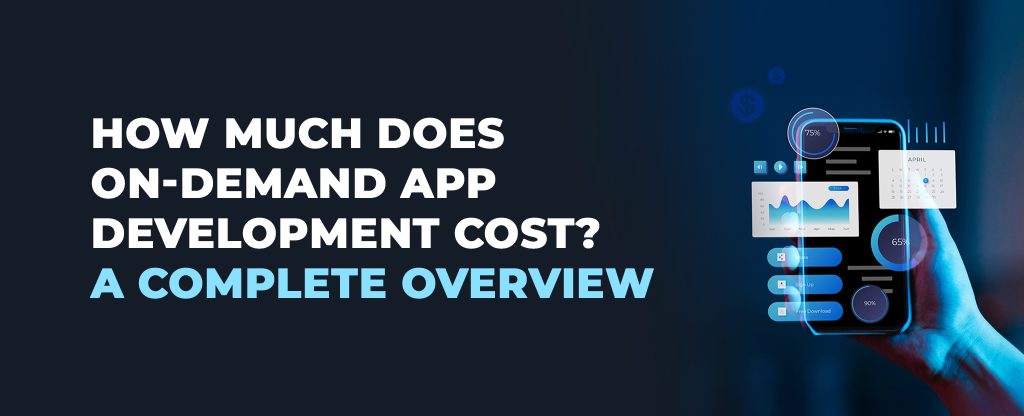
The landscape of service delivery has undergone a dramatic transformation with the emergence of on-demand applications. These digital platforms have fundamentally altered consumer expectations around accessibility, responsiveness, and customization across virtually every sector imaginable.
Industry analysts project the worldwide on-demand economy will experience substantial expansion, climbing from approximately USD 200 billion in 2024 toward USD 320 billion by 2033. This remarkable trajectory reflects more than mere technological adoption—it signals a permanent shift in how consumers interact with services and how businesses structure their operations.
This comprehensive guide examines the diverse categories of on-demand applications revolutionizing various sectors, identifies critical functionalities that maximize user engagement, and provides clarity on development investments, demonstrating these platforms represent strategic long-term business infrastructure rather than temporary market trends.
Key Takeaways
What you’ll discover:
- How companies gain competitive advantages through custom on-demand application development versus depending on third-party marketplace platforms
- Primary categories of on-demand solutions spanning transportation, media consumption, professional services, and the essential capabilities that foster user retention
- Comprehensive breakdown of development investments and technical considerations driving the on-demand ecosystem
Real-World Success Stories:
- AirAsia revolutionized budget aviation by implementing immediate booking capabilities, mobile-first check-in processes, and customized promotional offers
- Netflix disrupted traditional entertainment distribution through on-demand content streaming paired with intelligent recommendation algorithms and downloadable content
- TaskRabbit reimagined household maintenance by establishing instant connections between consumers and qualified service professionals
What is On-Demand App Development?
On-demand app development encompasses the creation of digital platforms—mobile or web-based—that establish direct connections between end users and service providers, products, or resources with minimal latency. These applications function as intelligent intermediaries, empowering consumers to access services precisely when needed through intuitive digital interfaces.
What are the Different Types of On-demand Apps?
The on-demand ecosystem spans an impressive breadth of industries, from mobility solutions and meal delivery to medical consultations, residential services, and digital content. These platforms deliver immediate solutions through simplified user interactions, extending into education technology, hospitality, supply chain management, financial services, wellness programs, garment care, property transactions, animal care services, and event access.
By establishing real-time connections between demand and supply, on-demand applications optimize routine activities while elevating operational effectiveness. Below are prominent categories with illustrative examples.
1. On-Demand Transportation Apps
These platforms establish connections between passengers and drivers, delivering prompt and dependable mobility options. They diminish reliance on conventional taxi services while improving affordability and geographic coverage.
Real-Life Example – E-scoot, a ride-sharing platform enabling users to secure transportation within moments, incorporating capabilities such as live location monitoring, price estimation, and digital payment processing.
2. On-Demand Food & Grocery Delivery Apps
Food and grocery delivery platforms empower users to request meals or household essentials for doorstep delivery. Through intelligent suggestions and expedited fulfillment, these solutions have become indispensable daily utilities for countless households.
Real-Life Example – fairway a grocery distribution platform featuring customized suggestions and flexible delivery scheduling.
3. On-Demand Healthcare Apps
Medical applications facilitate patient consultations with physicians, diagnostic appointment scheduling, and pharmaceutical delivery. These platforms seamlessly bridge patients with healthcare practitioners, enhancing medical accessibility particularly in underserved or geographically isolated communities.
Real-Life Example – Waistless, a regulatory-compliant telemedicine solution enabling patients and medical professionals to conduct virtual health consultations for diverse conditions through smartphone devices.
4. On-Demand Home Services Apps
These applications facilitate professional bookings for sanitation, plumbing, maintenance, and various domestic requirements. They conserve valuable time by providing verified contractor networks with transparent fee structures.
Real-Life Example – TaskRabbit, a freelance marketplace connecting consumers with neighborhood specialists for domestic tasks including sanitation, relocation assistance, repair work, and assembly services.
5. On-Demand Entertainment & Streaming Apps
These platforms grant immediate access to cinematic content, audio entertainment, and television programming through subscription or transactional models. They’ve supplanted traditional broadcasting and theatrical distribution by offering content consumption flexibility.
Real-Life Example – Netflix, a streaming distribution platform delivering motion pictures, episodic programming, and exclusive productions directly to consumers via internet connectivity, circumventing conventional cable infrastructure.
6. On-Demand E-Learning Apps
Educational platforms provide synchronous instruction, asynchronous lecture content, and engaging coursework to democratize learning access. They accommodate flexible education for students, working professionals, and continuous learners.
Real-Life Example – Jetson, a mentorship application assisting users in converting interests into meaningful enterprises through guidance, educational resources, and collaborative communities.
7. On-Demand Travel & Hospitality Apps
These solutions enable users to effortlessly reserve air travel, lodging, and experiences regardless of location or time. They deliver customized suggestions, enhancing trip convenience while optimizing budget efficiency.
Real-Life Example – AirAsia Super App, a comprehensive platform facilitating seamless flight reservations, hotel bookings, and vacation packages with economical options and personalized travel alternatives.
8. On-Demand Logistics & Courier Apps
Distribution and shipping applications optimize delivery operations for individuals and commercial entities. Through live tracking capabilities, they guarantee accelerated and more dependable package movement.
Real-Life Example – Roadie, a same-day courier platform connecting senders with drivers traveling compatible routes for package transportation.
9. On-Demand Finance & Fintech Apps
Financial technology platforms provide immediate access to digital banking, payment processing, lending products, and investment vehicles. They enable users to manage finances securely without physical branch visits.
Real-Life Example – Oneic, a fintech solution offering bill payments, online transactions and much more
10. On-Demand Fitness & Wellness Apps
Wellness platforms deliver exercise routines, mindfulness practices, and health monitoring directly to user devices. They supply personalized fitness blueprints and sustain user motivation toward healthier lifestyle choices.
Real-Life Example – Fitreat couple is a fitness app offering meal plans, work outs,dieticians consulting etc.
11. On-Demand Laundry & Dry-Cleaning Apps
Garment care applications provide collection and delivery laundry services for effortless clothing maintenance. These platforms conserve time for occupied individuals through adaptable scheduling and competitive pricing.
Real-Life Example – Rinse, a laundry and garment care application offering scheduled pickup and return services, simplifying clothing maintenance.
12. On-Demand Real Estate Apps
Property platforms assist users in searching, purchasing, selling, or leasing real estate instantly. With virtual property tours and intelligent filtering, they enhance property discovery beyond traditional approaches.
Real-Life Example – Snug, a residential rental application streamlining the leasing process by connecting property owners and renters, managing everything from property advertisements to applicant selection.
13. On-Demand Pet Care Apps
Pet service platforms connect animal owners with services encompassing exercise, grooming, and veterinary consultations. They provide reassurance by ensuring pets receive proper care during owner absences.
Real-Life Example – Rover, a pet care marketplace connecting owners with reliable dog walkers, pet sitters, and boarding facilities within their vicinity.
14. On-Demand Event & Ticket Booking Apps
Event platforms simplify ticket acquisition for cinema, concerts, athletics, and various events. They supply real-time information on seating availability and exclusive promotional opportunities.
Real-Life Example – BookMyTicket, a ticketing reservation platform allowing users to browse, select, and secure movie screenings online in advance.
Key Benefits of On-Demand Applications for Businesses
On-demand applications propel business expansion through multiple strategic advantages. These advantages encompass broadened market penetration, intelligence-driven decision-making, operational flexibility, cost optimization, enhanced customer relationships, diversified revenue channels, competitive differentiation, and technological adaptability.
Collectively, these benefits establish on-demand apps as fundamental infrastructure for contemporary businesses pursuing growth and innovation. Here’s an in-depth analysis of each advantage:
Expanded Market Reach
On-demand platforms transcend geographical and temporal constraints, enabling enterprises to connect with customers well beyond their physical footprint. Regional service providers can achieve global scale through appropriate application development, instantly rendering products and services accessible to extensive user populations.
Data-Driven Decisions
These platforms aggregate comprehensive customer intelligence, including preference patterns, consumption behaviors, and service evaluations that businesses can analyze for strategic refinement. Through intelligence exploitation, companies can enhance pricing strategies, customize offerings, and elevate customer satisfaction metrics.
Agility and Adaptation
On-demand infrastructure is engineered to respond rapidly to evolving customer requirements and technological trends. Businesses can launch new service offerings, modify functionality, or incorporate emerging innovations fluidly, ensuring competitive positioning.
Cost-Effective
Through automation and digital workflow optimization, on-demand platforms substantially reduce manual intervention requirements. This diminishes operational expenditure, minimizes error rates, and enhances resource allocation, enabling businesses to deliver superior services at reduced costs.
Improved Customer Engagement & Loyalty
On-demand applications amplify user interaction through capabilities like real-time status updates, targeted notifications, and personalized recommendations. Loyalty initiatives and reward mechanisms further encourage repeated platform utilization, converting initial customers into sustained clients.
Revenue Growth Opportunities
On-demand solutions enable businesses to generate income through diverse channels including subscription models, transaction-based fees, integrated advertising, and premium service tiers.
Competitive Advantage
Velocity, convenience, and personalization provide businesses deploying on-demand applications with distinct advantages over traditional service models. Delivering frictionless user experiences cultivates trust, strengthens brand equity, and establishes businesses as sector innovators.
Adaptability to Emerging Technologies
On-demand platforms can incorporate innovations including Internet of Things connectivity, big data analytics, conversational AI, predictive modeling, and immersive technologies. This adaptability ensures applications remain future-ready and aligned with evolving customer expectations.
Key Features Every On-Demand Application Must Have
Every on-demand application requires foundational capabilities to guarantee frictionless user experiences and operational effectiveness. Core functionalities include identity verification systems, profile administration, transaction management, live tracking, search capabilities, diverse payment integration, and numerous others.
Advanced capabilities may incorporate AI-driven personalization engines, intelligent virtual assistants, immersive reality previews, predictive cross-selling, instant refund processing with payment distribution, and various other sophisticated features. Together, these capabilities establish comprehensive, user-centric, and competitive on-demand platforms.
Basic On-Demand App Features
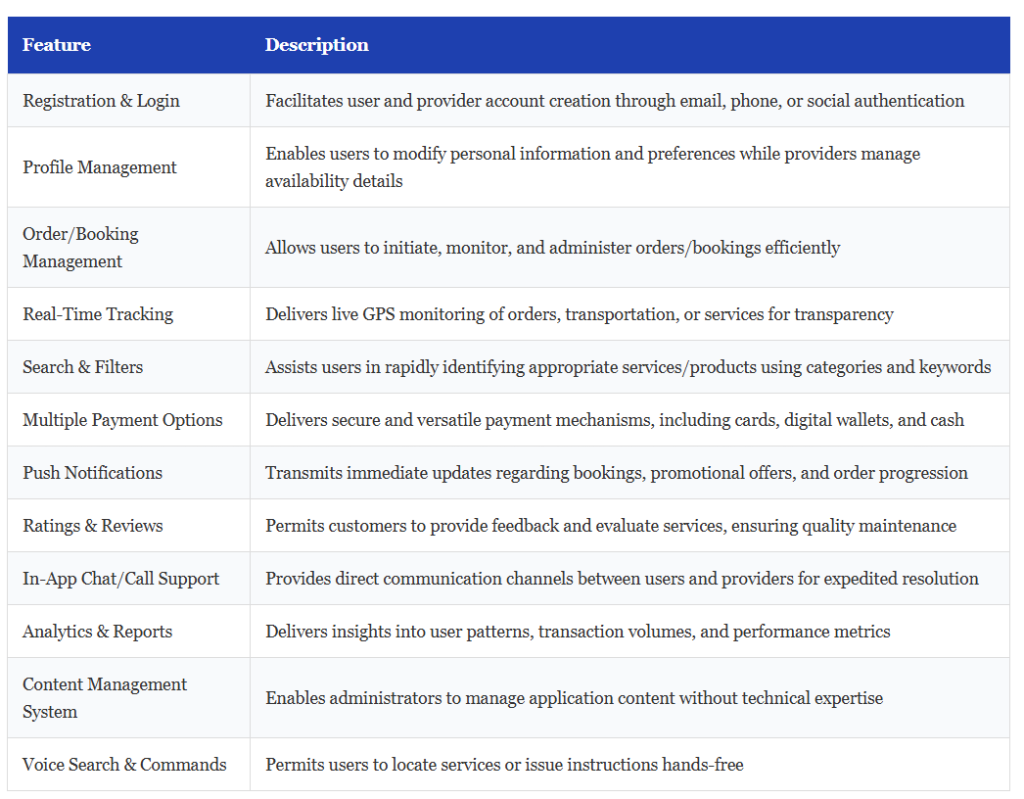
Advanced On-Demand App Features
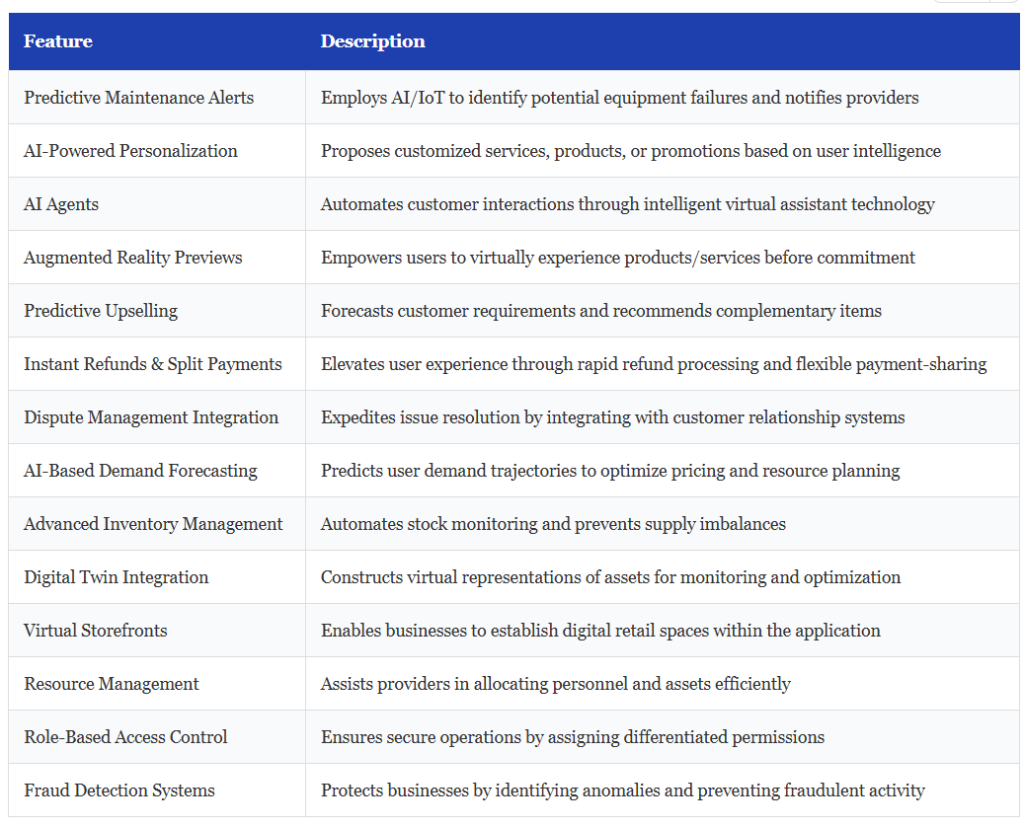
Expert Insight: “The genuine feature fostering user loyalty transcends advanced newsfeeds or messaging systems, it’s trust, established through privacy protection, reliability, and experiences that genuinely respect the user.”
How Much Does it Cost to Build an On-Demand App?
On-demand application development investments typically commence at $25,000 and can exceed $300,000 or more. Development expenditure depends on numerous variables, including feature complexity, technology infrastructure, architectural sophistication, and development team location. Below is a comprehensive breakdown of primary cost drivers and estimated budget ranges.
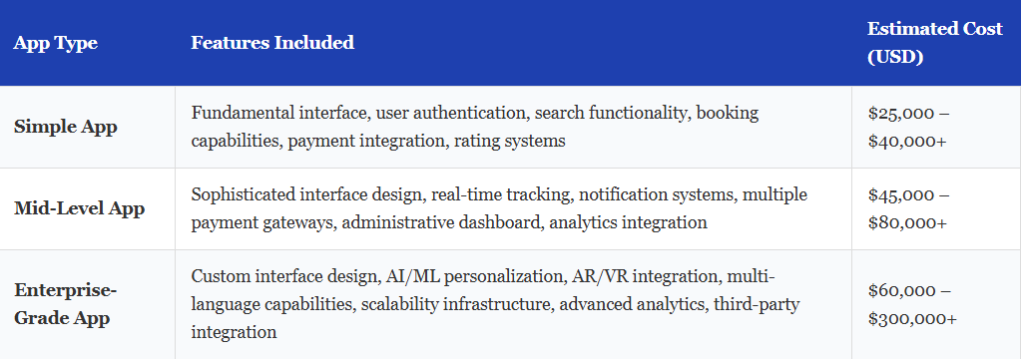
Final Words
Contemporary society operates at unprecedented velocity, and on-demand application development stands at the epicenter of this transformation, elevating convenience from luxury to necessity and converting possibilities into tangible realities. These platforms eliminate friction, streamline daily routines, and unlock innovation previously considered impossible. In an environment characterized by velocity and adaptability, on-demand applications serve as catalysts for expansion, opportunity creation, and sustainable impact.
What Makes a Top Choice for On-Demand App Development?
Leading on-demand app development firms distinguish themselves through robust technical proficiency and innovative solutions customized to diverse business requirements. Expert development teams excel in both native and cross-platform application creation, ensuring high-performance mobile solutions for enterprises of all scales.
Premium development partners utilize cutting-edge technology infrastructure to construct scalable and secure on-demand applications. They leverage Swift and Kotlin for native implementations, Flutter, React Native, and Ionic for cross-platform solutions. Backend architecture employs Node.js, Python, and PHP with MySQL, PostgreSQL, and MongoDB for data management. Cloud infrastructure utilizes AWS, Azure, and Docker, while artificial intelligence and machine learning enhance personalization and analytical capabilities.
Top-tier firms implement key methodologies including agile development frameworks, rapid prototyping techniques, and continuous integration practices to ensure accelerated delivery, superior quality performance, and exceptional user experiences. Their solutions anticipate future challenges, empowering businesses to maintain competitive leadership, accelerate innovation, and generate lasting impact.
FAQs on On-Demand App Development
What defines an on-demand app?
An on-demand application is a mobile or web-based platform engineered to deliver immediate access to products or services upon user request. Whether securing transportation, ordering household essentials, or scheduling medical consultations, these applications prioritize velocity, convenience, and real-time service availability.
Is YouTube classified as an on-demand app?
Affirmative, YouTube qualifies as an on-demand platform because it permits users to access content at their discretion rather than adhering to predetermined broadcast schedules. Unlike traditional television, it grants users autonomy over content selection, viewing timing, and device preference.
What are prominent examples of on-demand applications?
Notable examples encompass Uber and Lyft for ride-hailing services, DoorDash and Uber Eats for meal delivery, Instacart for grocery fulfillment, and TaskRabbit or Urban Company for residential services. Each platform delivers rapid, real-time solutions calibrated to specific user requirements.
How long does on-demand app development require?
A foundational minimum viable product typically requires 9-12 months, while comprehensively featured applications with advanced integrations may extend to 12 months or beyond. Development duration varies based on complexity, feature scope, and target platforms (iOS, Android, web).
- Agentic AI1
- Android Development3
- Artificial Intelligence32
- Classified App3
- Custom App Development5
- Digital Transformation12
- Doctor Appointment Booking App14
- Dropshipping1
- Ecommerce Apps40
- Education Apps2
- Fintech-Apps37
- Fitness App4
- Flutter4
- Flutter Apps20
- Food Delivery App5
- Grocery App Development1
- Grocery Apps3
- Health Care10
- IoT2
- Loyalty Programs9
- Matrimony Apps1
- Microsoft1
- Mobile App Maintenance2
- Mobile Apps128
- Product Engineering6
- Progressive Web Apps1
- React Native Apps2
- Saas Application2
- Shopify9
- Software Development3
- Taxi Booking Apps7
- Truck Booking App5
- UI UX Design8
- Uncategorized6
- Web App Development1










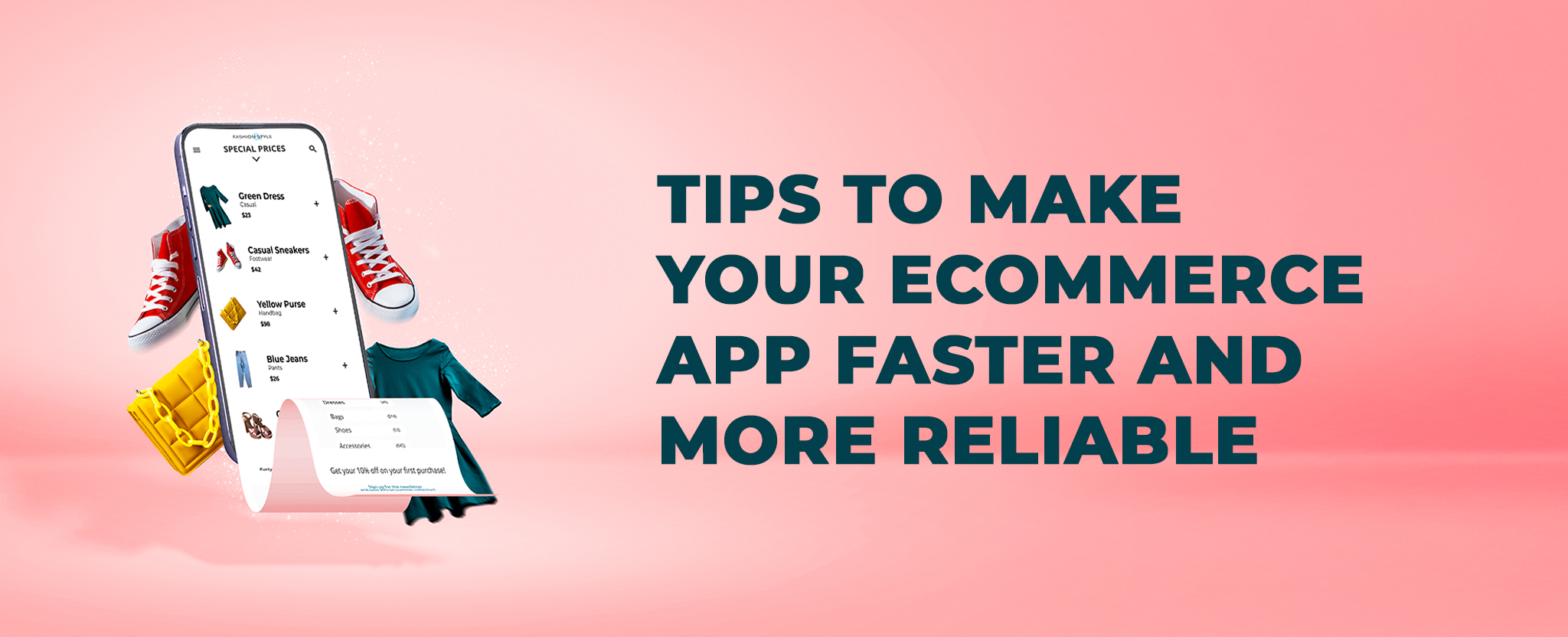
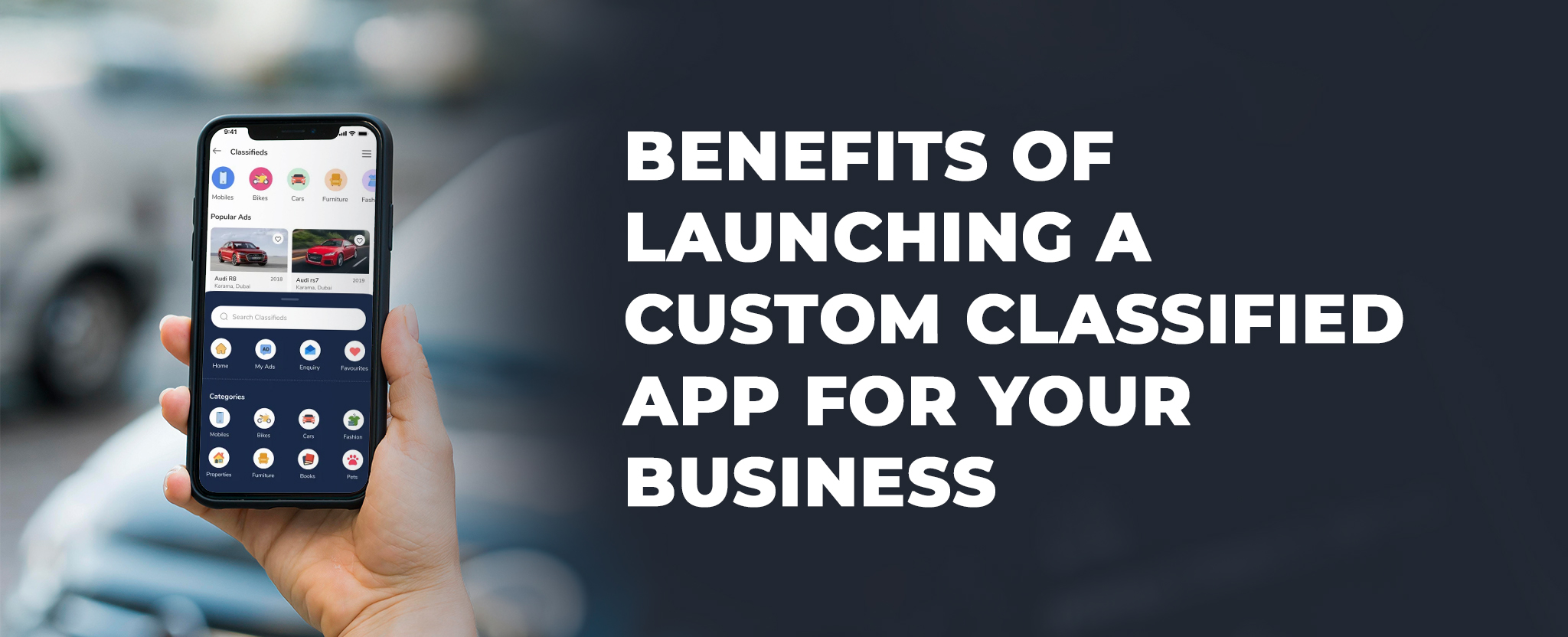
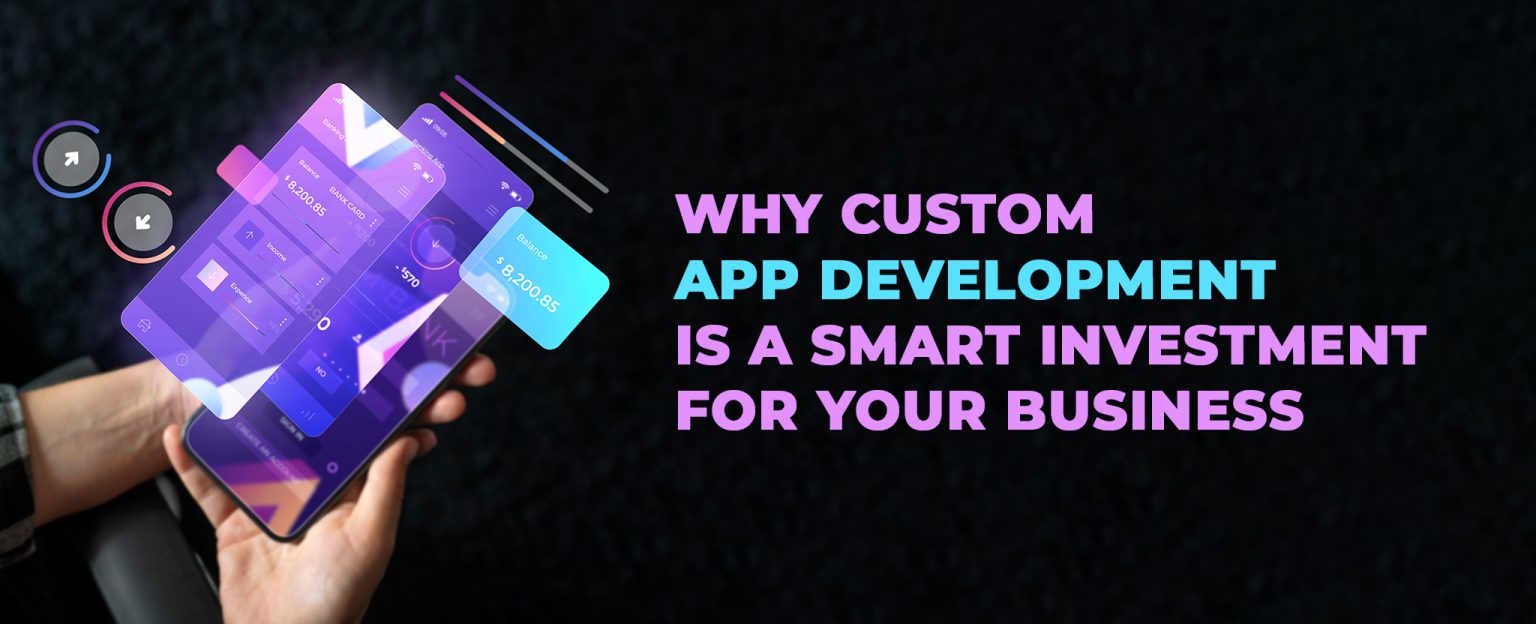






Comments